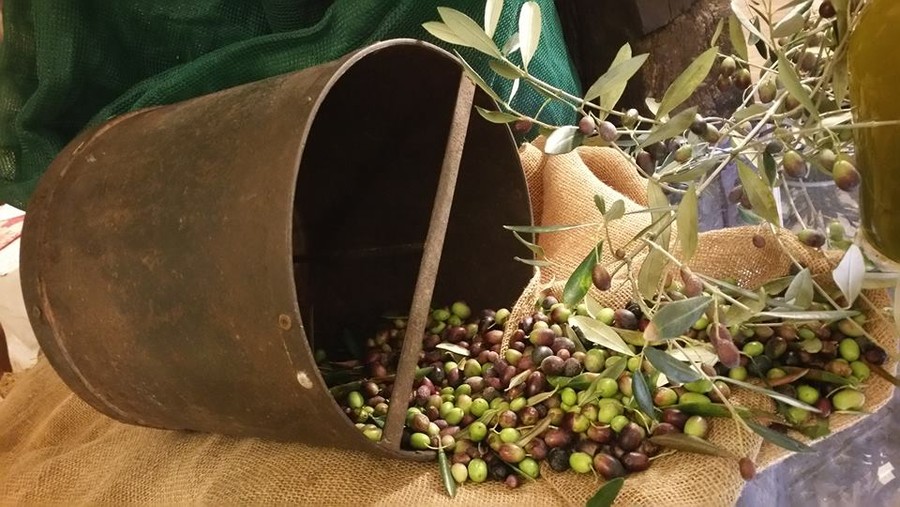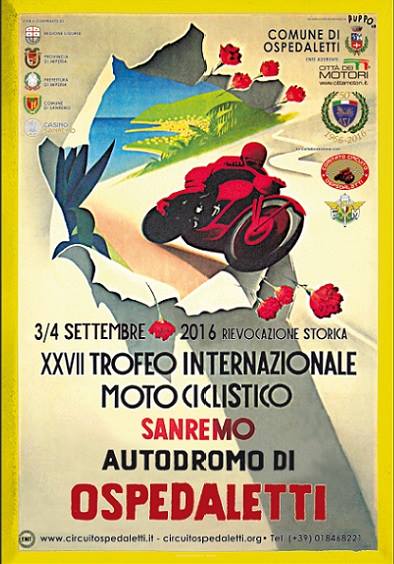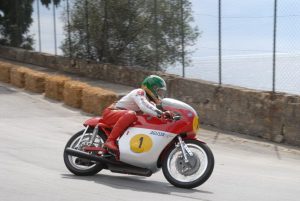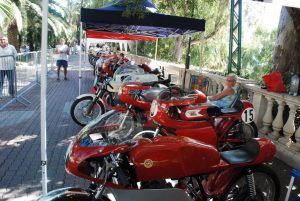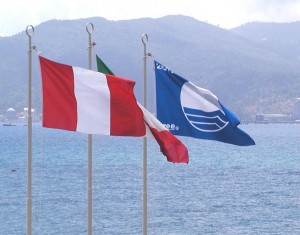Liguria, encore la reine de la mer.
La qualité et le soin du développement ont été les éléments qui ont permis, encore une fois, de faire agiter les célèbres drapeaux bleu dans la magnifique Ligurie.
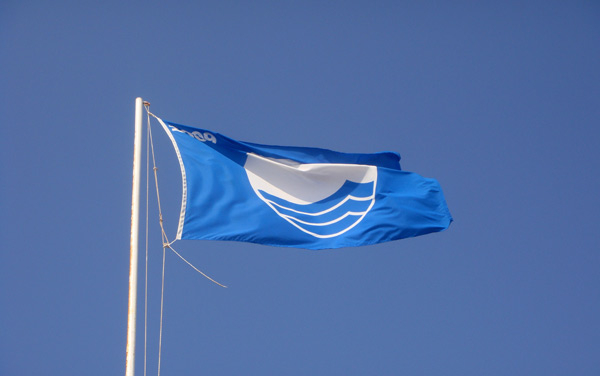
En 2017, la liste des plages Pavillon Bleu s”allonge en Italie! Très bonne nouvelle pour vous qui souhaitez appuyer votre recherche sur la qualité des plages. La Ligurie est la grande gagnante cette année, avec 27 communes récompensées, dont trois nouveautés. Suivent la Toscane et les Marches.
Les localités qui, dans ces jours, ont reçu ce prix à Roma sont: Bordighera, San Lorenzo al Mare, Santo Stefano al Mare et Taggia: cettes petites villes de la Ligurie peuvent être heureuse du cet important résultat prévu chaque année à l’ouverture de la saison balnéaire.
Le prix de la Fee ( Foundation for Environmetal Education , fondation no-profit née en Danemark en 1981) est une reconnaissance très recherchée: cette fondation récompense toutes les localitées de mer avec les plages les plus sains et dotées, les localitées “top” pour favoriser le secteur touristique national.
Chaque année, la Ligurie du Ponent fait des progrès pour la qualité des services nécessaires pour les touristes qui pourraient passer du temps à la mer “certifiée”.
D’ici peu, la Ligurie commencera à accueillir tous les touristes, surtout par l’étranger qui avant de partir ils ne consulteront que la guide de la Fee mais ils pourraient aussi apprécier l’idée de visiter les plus belles propriétés de la Ligurie du Ponent en consultant LiguriaHomes Casamare | Knight Frank : société Immobilière avec 4 agences dans les localitées qui ont gagnées “l’oscar des plages”.
Pour cette raison, tous ceux qui visiteront Bordighera, Ospedaletti, Sanremo et Imperia pourront examiner les meilleures situations immobilières que LiguriaHomes Casamare | Knight Frank offre
à tous, à la fin de décider de ne pas s’accommoder de quelque jours de vacance mais de vivre en Liguirie tout l’année en bénéficiant du bon climat et des superbes plages certifiées.

